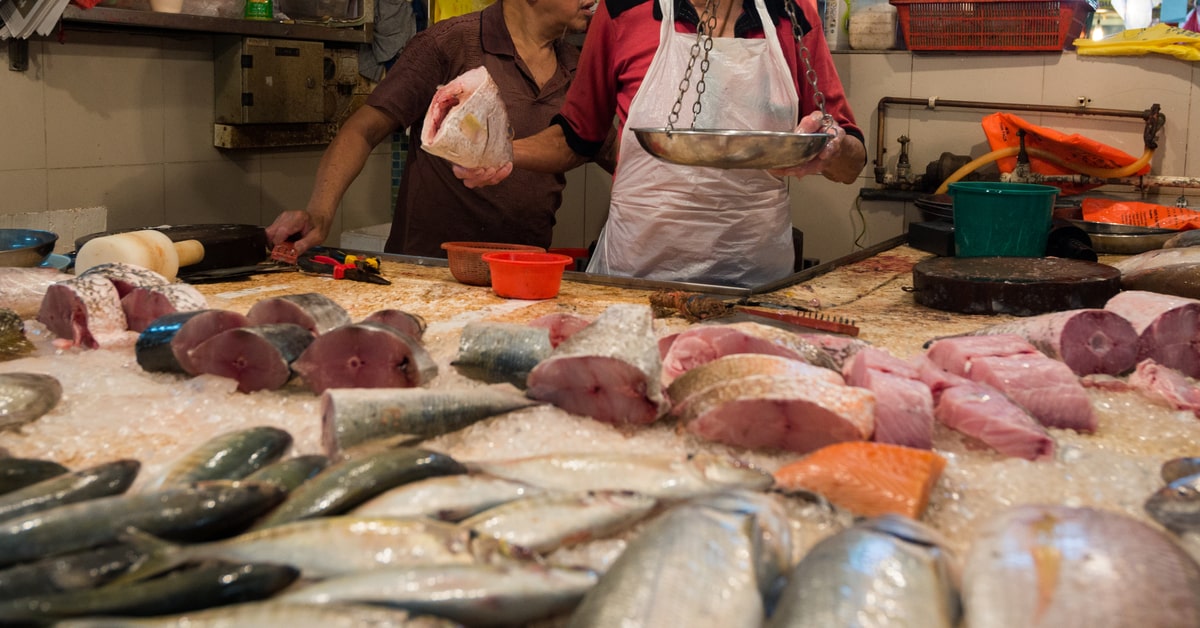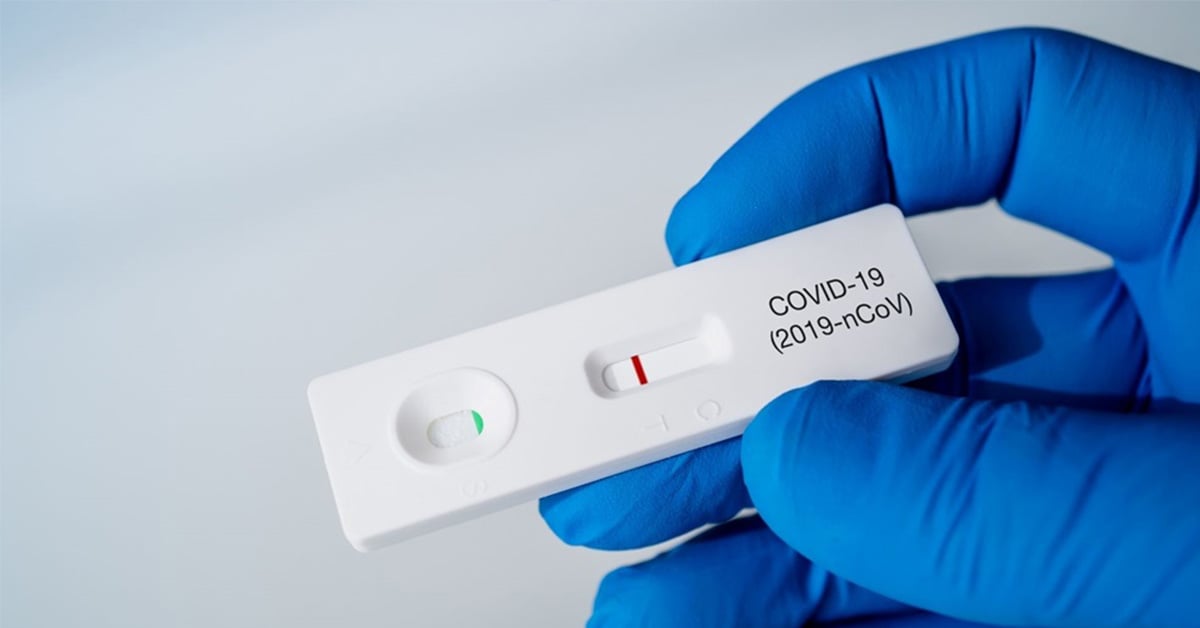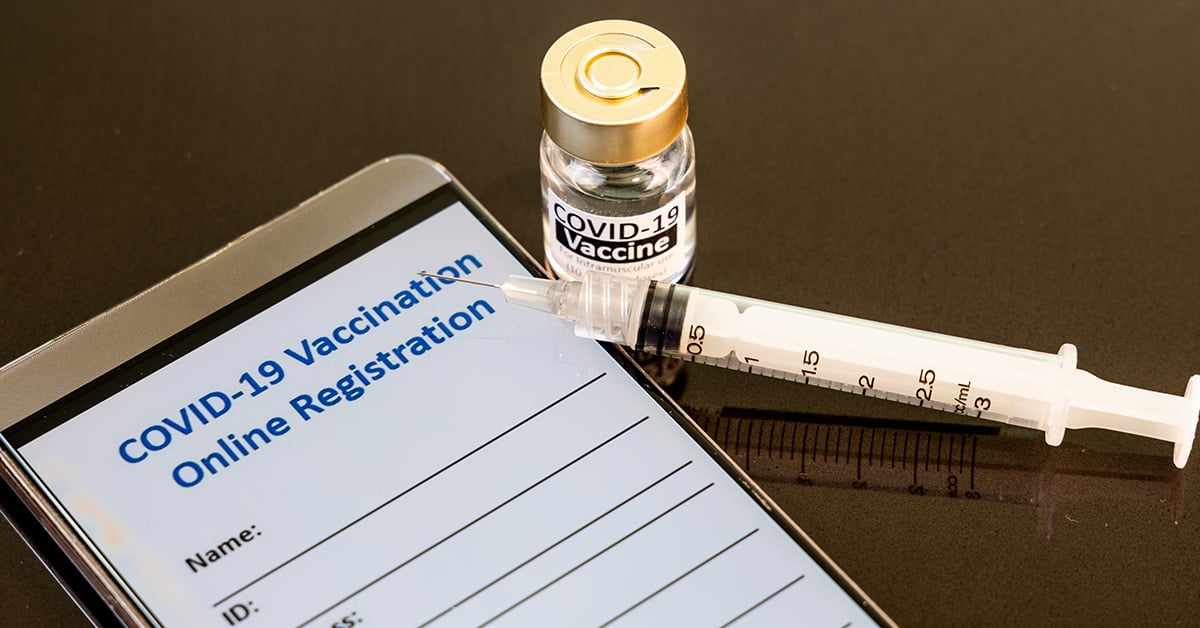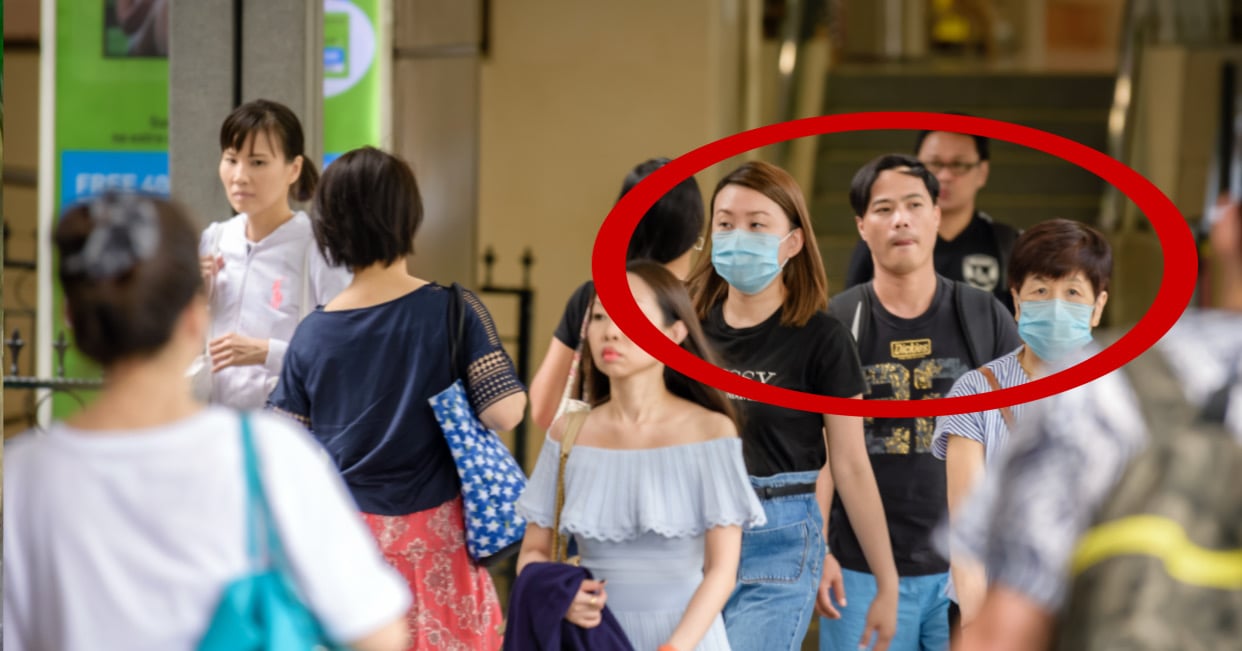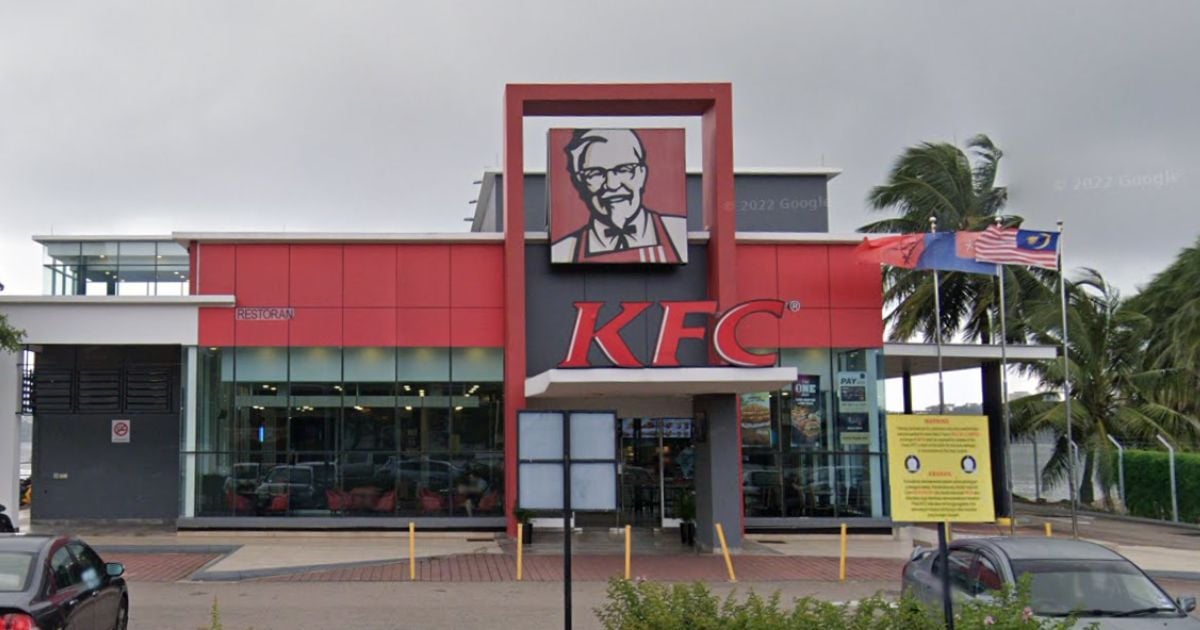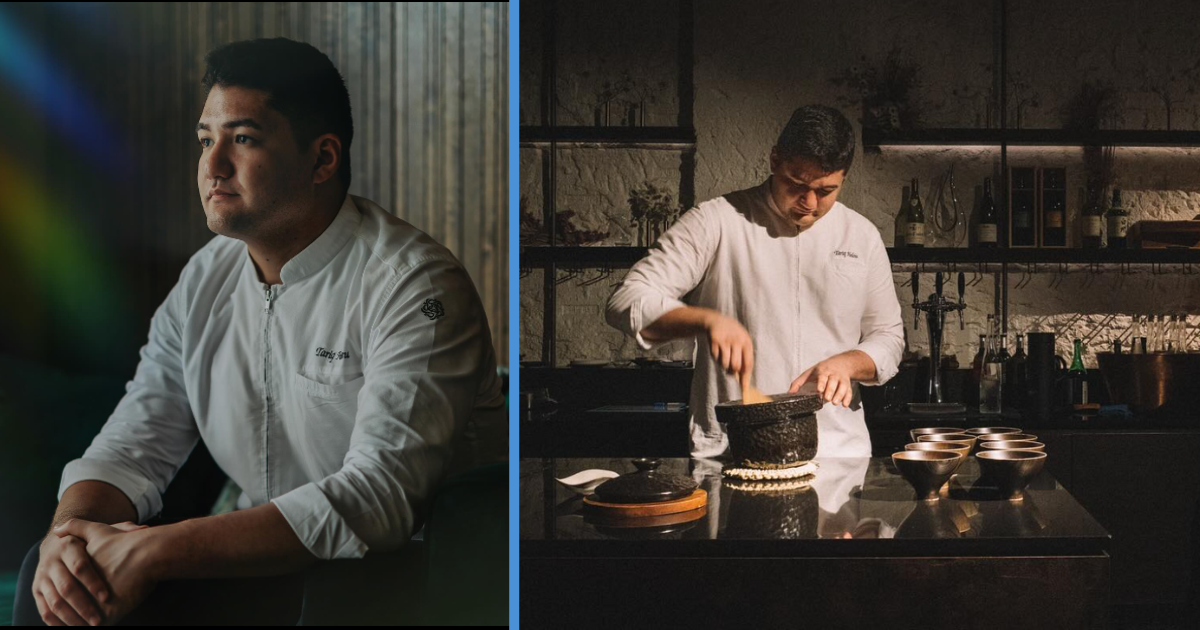After a period of blissful peace, it appears that the pandemic situation here is, once again, rapidly spiralling out of control.
So if you recall, the re-emergence began with the now-infamous KTV cluster, which led to hundreds of community cases in tow. But contrary to what most would hope, the clusters did not end with shady singing lounges.
Rather, we now have another series of clusters… which originated from the Jurong Fishery Port Cluster.
But what does the new cluster exactly entail? And is it as fishy as its name implies?
Well, here are 10 facts about it to quell any fishiness about it.
10 Facts About the Jurong Fishery Port Cluster That has Spread to Many Wet Markets
1. Origination
The Jurong Fishery Port cluster emerged just recently and has already been accredited to numerous other cases and clusters. As of yesterday night (18 July 2021), Jurong Fishery Port/Hong Lim Market & Food Centre cluster held 63 infections.
This afternoon (19 July), Health Minister Ong Ye Kung announced something that we’ve expected: it’s actually linked to the KTV cluster.
According to Mr Ong, both clusters are linked, though it’s unknown whether the index case belongs to the KTV cluster or the Jurong Fishery Port cluster; MOH will release their findings once the studies are completed.
2. Precautionary Measures
Following the revelation, certain precautionary measures were meted out.
For one, the port was closed down for deep cleaning till 31 July 2021.
The Ministry of Health has also mandated that everyone who has visited Jurong Fishery Port between 3 Jul to 16 Jul will need to get tested for COVID-19.
Testing locations include the Fullerton Health Testing Centre, Raffles Hospital, Kingsway Medical Clinic, any designated regional screening centres, and any of the “Swab and Send Home” Public Health Preparedness Clinics (SASH PHPCs).
3. Four Rings of Defences (Again)
Just like the KTV cluster, MOH has, once again, mounted rings of defence for this cluster.
These are the four rings, as described by Mr Ong in his Facebook post:
1st ring – the 700 workers at JFP. All quarantined, and we have uncovered several cases from them.
2nd ring – over 861 fishmongers, delivery drivers etc who had visited JFP. They have been issued Health Risk Warnings, which require them to undergo PCR tests and isolate themselves until they receive results. We have more or less completed testing and detected 26 cases amongst them. It is a high number.
3rd ring – other stallholders of all other markets. As a precaution, we have sent notifications to these stallholders to get themselves tested. They are scheduled to go to regional screening centres to be tested.
4th ring – residents around the market. We advise the residents living around markets with positive cases to minimise your movements and social interactions. Do your marketing during off-peak hours. The National Environment Agency is setting up wastewater testing in as many locations as practicable, and MOH will be mounting special operations in these estates.
4. Subsequent Closures
According to reports, several other cases or clusters at markets and food centers may have been contributed to by passing fishermen, who previously visited Jurong Fishery Port to collect stock.
As such, Chong Boon Market & Food Center was also closed to the public from 18 July to 1 August.
NEA-approved stallholders, who primarily handle fish and seafood, were also requested to cease operations until they’re tested negative for the virus.
5. Possible Relations
As mentioned above, the spread is by no means meagre. Apart from 13 other places including Hong Lim Market & Food Centre, and Chong Boon Market & Food Centre, fishmongers operating at Haig Road Market and Cooked Food Centre, Jurong Central Plaza, and Shunfu Mart were also ascertained to be COVID-positive.
All fishmongers from all markets will be tested.
6. Further Safety Measures
With that in mind, precautionary measures are not deemed sufficient to contain the outbreak. To establish safety control, SafeEntry will be implemented at markets where COVID-19 cases have been detected.
Also, interim fencing will be implemented.
Lest you’re thinking, “Eh, there was no SafeEntry previously?”, to which I would ask…when is the last time you went to a wet market?
7. Alternative Route
With the port closed down for cleaning, Senoko Fishery Port was activated as an alternative supply route.
This is a particularly vital move considering how Jurong Fishery Port alone accounts for 30% of the country’s seafood imports.
It could also mark a potential comeback for Senoko, as it was previously scheduled to be closed by 2023 due to decreasing patronage.
However, one can’t help but question Senoko’s capability to fill in Jurong’s shoes, considering how the former has just 35 merchants and between 700 and 1,000 customers daily and the latter 100 merchants and around 3,000 customers daily.
8. Don’t Need to Panic Buy
The answer appears to lie with our major supermarkets.
“Our major supermarkets have also increased the stocks so that they can substitute for the wet markets. We’ve some stocks of frozen and chilled seafood, so we don’t expect disruption or our shops to run out of seafood,” Minister for Sustainability and the Environment Grace Fu said on Sunday (18 July).
In other words, don’t need to hoard fish like how you hoard toilet paper.
For supermarkets like Fairprice, effort has been made to contact suppliers for alternative supplies.
“Additional resources were quickly put in place to receive the fresh seafood as well as manage the increase in demand over the next two weeks,” a spokesman said.
Even so, however, customers are advised to only purchase what they need.
Frozen seafood is available as well.
9. Increased Business
As the demand for fish rises, local fish farms have seen brisk business on their side.
In fact, online retailers seem to be particularly prosperous nowadays.
Bet you didn’t know there are local fish farms in Singapore, eh?
10. More Cases
The number of new community cases has increased to 325 cases in the past week.
And unfortunately, it’s unlikely to stop anytime soon.
“We are likely to see rising cases in the coming days as we step up efforts to detect them to contain their spread in the community,” MOH said.
According to Mr Ong, the KTV cluster is “settling down”, but this latest cluster is rising worryingly, because it is seeding cases in various markets, and the communities around them.
As such, please wear your masks. Watch this video to the end and you’d understand the importance of masks:
Read Also:
- River Valley High School Student Allegedly Killed A Fellow Student With an Axe on Campus; The Police Have Responded
- 11 Facts About the KTV Cluster
Featured Image: CHEN WS / Shutterstock.com
